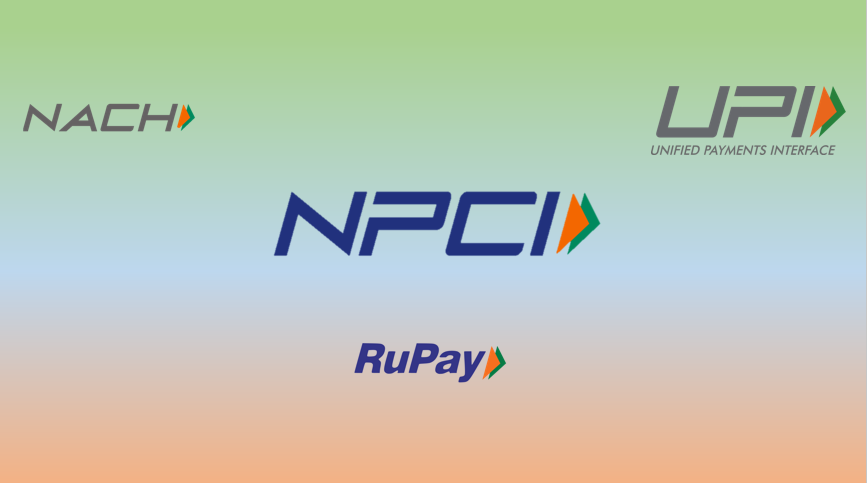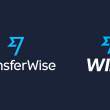An Indian enterprise leading by example in the Fintech space
When it comes to Financial deals, New York and London are the torchbearers. India and China, are considered leaders in Fintech innovation. Fintech has evolved basis some good innovation in the private sector in India. In the payment and Fintech space in India, NPCI (National Payment Corporation of India), a government initiative is showcasing a story of innovation and collaboration between private and public players. Their success stories of UPI, RuPay, and eNACH have been monitored closely by the world with high regard. Despite being well known across the globe, NPCI does not have enough recognition in India. Let’s look at the story of NPCI and how its products are changing the payment landscape.
The early 90s and India’s cash-based economy
Indian payment infrastructure was all managed by the Reserve bank of India (RBI) in the late 90s. In that era, most transactions were cash-based. There were a few exceptions like electronic modes of transfers like cheques, DD, etc. For a rapidly growing economy, payment settlement mechanism cannot be brittle. RBI introduced measures to address scalability challenges.
Indian Banking Association (IBA) had introduced the concept of the Swadhan card switch. This network was a simple one, sharing the ATM network. This scheme ended after a long pursuit of 7 years in 2004, with no success. The famous service of RTGS (real-time gross settlement) was introduced in India, in 2004. By this time countries like Cuba, Kazakhstan, Ghana, and Malawi had already adopted RTGS. These measures were not adequate. RTGS did help the cause, but failed to make an expected impact.
Change of Guard
An advisory group of RBI suggested that “RBI should transfer the management of clearinghouse operations as well as that of the RTGS system entirely to a separate body/ bodies to be constituted by the association of bankers for the purpose”. In their vision document 2005-08, RBI took this suggestion further; time to amend a law from 1934. An amendment was made to British era (1934) rule. It was time to hand over the payment infrastructure management to a separate body. In large countries, payment infrastructure was handled by independent entities. Post amendments to these very old rules, it was time for setting up the entity into action.
Beginning of NPCI
The change in rules framed in 1934; required public sector banks to hold a majority shareholding in this new private entity. RBI asked IBA to finalize on a few banks which would participate in this initiative. Ten banks were finalized, with a mix of 6 public sector banks, 2 Indian private sector banks, and 2 global banks. Together they participated and began the journey of NPCI. RBI had their nominees on the board to continue their representation. NPCI started off in 2008 as a not for profit organization. NPCI worked like a new age Fintech startup, rather than a typical government organization.
The Blockbuster products of NPCI
The pace of work at NPCI was super fast; they started delivering from the word go. they quickly delivered IMPS. IMPS was a real-time settlement tool between banks. The early success of IMPSstarted showing the faith of the experiment of NPCI as an independent entity. From its launch in 2008 to date, NPCI has been pursuing various digital payment settlement mechanisms, which could transform India from a cash-based economy to a cashless economy. In this pursuit, they have created products that are custom-fit for Indian markets. My top three choices of NPCI products are as below
UPI
Unified Payment Interface (UPI) is the possibly most used, most appreciated, and most reported product from NPCI. When the governor of RBI Mr. Raghuram Rajan was in office, he took up this initiative to have a new age payment mechanism, which would make bank to bank transfers easy. With UPI, any Indian with a bank account has to just download an interface app, register his account with some basic yet stringent registration process. A typical UPI address for example is like <firstname><lastname>@sbi or <mobile number>@upi. These addresses are easy to remember and further lead to easy transfers. With just a few clicks, you can transfer money to anyone, irrespective of the bank your account is in. There is no need to wait for those 30 mins of adding a bank account etc. UPI did face some challenges in its early days.
The Modi government utilized the Demonetization moment as the right time to launch the UPI based BHIM (Bharat Interface for Money transfer) app. However, Google Pay (earlier Tez) helped in success of UPI.
The popularity of UPI has skyrocketed today. As many as 3 Lakh crore plus rupees were transferred using the UPI app in September 2020. UPI is growing at a rapid rate and its growth rate far exceeds most neo banks across the world. So much has been the popularity of UPI across the globe that many countries have asked NPCI to launch UPI in their countries. Singapore has been one of the first countries to utilize UPI in their country. UPI undoubtedly is a Fintech innovation, every Indian should be proud of.
RuPay
The next in my favorites from NPCI is RuPay cards. There is a long term vision behind RuPay offering. Visa and MasterCard dominate the card payment network. China challenged the status quo by launching Union Pay and has succeeded. RuPay is India’s version of Union Pay. In its early days, RuPay did face some challenges and was not utilized much. NPCI clubbed an Insurance offer along with every payment made through RuPay cards. Along with this RuPay cards charges were much less (50paise) against those charged by Visa and MasterCard (2 Rs).
Today about 244 million RuPay debit cards are in circulation. It crossed the milestones of 1 Billion in transaction amount recently. India based card networks could scale the heights achieved by VISA and MasterCard soon.
eNACH
Remember those days when standing instructions (for regular bank transfers) required filling up forms and you faced rejection often? Gone are the days with eNACH offering from NPCI. With a simple few clicks, you can just simply register your mandate, with less than a 1% chance of rejection. This offering has simplified many loan and investments based products.
Apart from this NPCI has also enabled Aadhar based payments, which has started showing good success too. When you look at these offerings in totality,
- UPI addresses peer to peer transfers and payments to merchants
- RuPay addresses payments to merchants and
- eNACH addresses Investments and Advances.
These three products from NPCI cover the base of more than 80% of financial transactions. If the growth rate continues to match as of today’s India shall soon become a dominantly cashless country, rather than a cash-based country.
Parting Thoughts
NPCI is an example of the collaboration of regulators, government, and private sector entities. Together, they not only revived the payment infrastructure of India but have revolutionized the sector. NPCI is a glaring example of innovation at home with smart minds coming together for a common objective. NPCI being a not-for-profit government organization gets little credit but certainly; it has led by example for various industries across the globe.
Also Read – Can Corona be the Opportunity in disguise for India






Nikhil,
As always with your articles, this again was an interesting topic to read while being concise and precise. Love reading them. Please keep them coming.
Thank you.
Thank you so much Atul!!